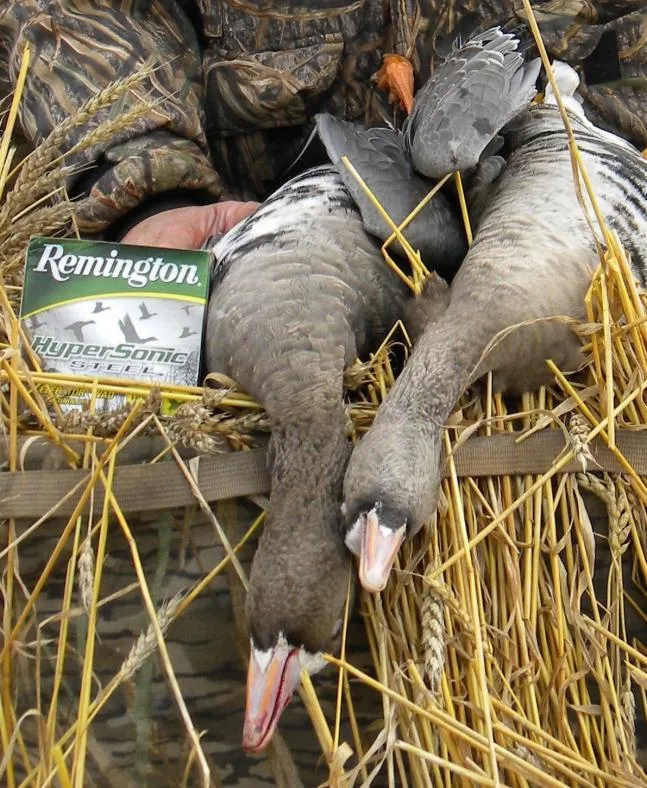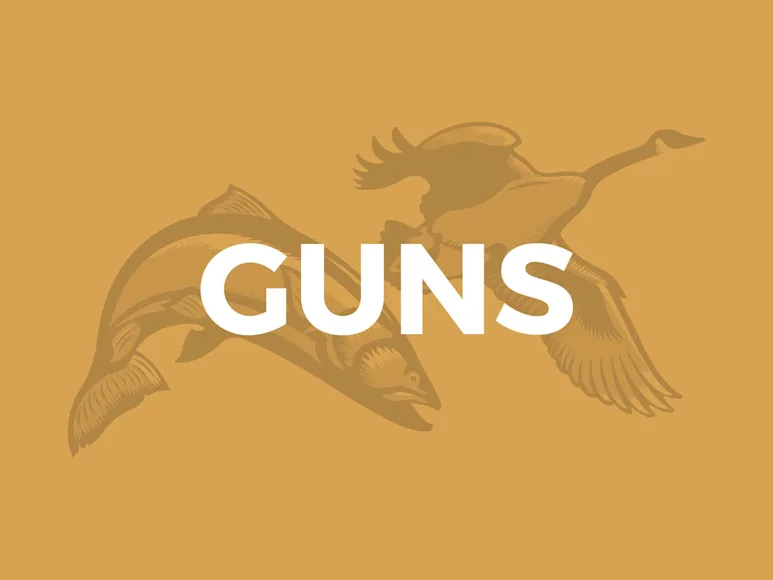_We may earn revenue from the products available on this page and participate in affiliate programs. Learn more ›
_

The trend in shotshells is to higher velocities, both because speed kills and because no one ever got rich selling “slow” to the American public. How important is velocity really? Speed does kill, to a point. Shoot two clay targets at the same distance, one with something like Winchester’s 1300 fps Super Sporting and one with a 1145 fps standard target load, and there is no question that the faster load breaks the target more violently.
On the other hand, your shoulder will know which is the faster load, too. Increasing velocity increases recoil. The question isn’t “does speed kill?” but “is more speed worth added recoil?”
The lighter the pellet material, the more it benefits from high velocity to increase its downrange energy. Therefore steel, the lightest shot material, benefits the most from high launch speeds. As soon as steel velocities reached 1450 fps back in the late 90s I stopped complaining about it and started killing ducks and geese. For me, anything faster than 1550 fps kicks too much. Now we have loads as fast as Remington’s Hypersonics which, at 1700 fps are brutal at both ends of the gun. They are effective, but to my wimpy way of thinking, they are too fast to shoot comfortably in anything but a heavy gas gun.
In my opinion, lead and denser tungsten-iron pellets don’t benefit nearly as much from added velocity because they already retain energy well.
As for the notion that speed helps shooters hit targets by reducing the necessary forward allowance, I don’t think velocity makes a difference between a hit and miss very often. I do believe added speed does help some people put the center of the pattern on the front end of a crossing bird instead of hitting it in the tailfeathers.
_To read Phil Bourjaily’s guide to shotshells
for geese, ducks, pheasants, upland birds and turkeys, click here.
_


